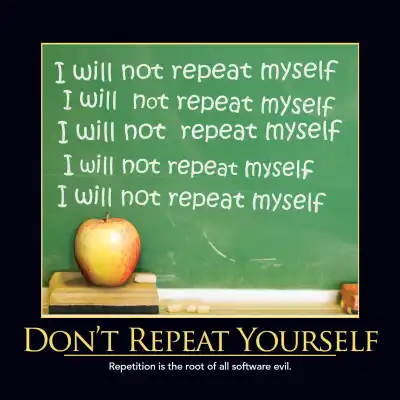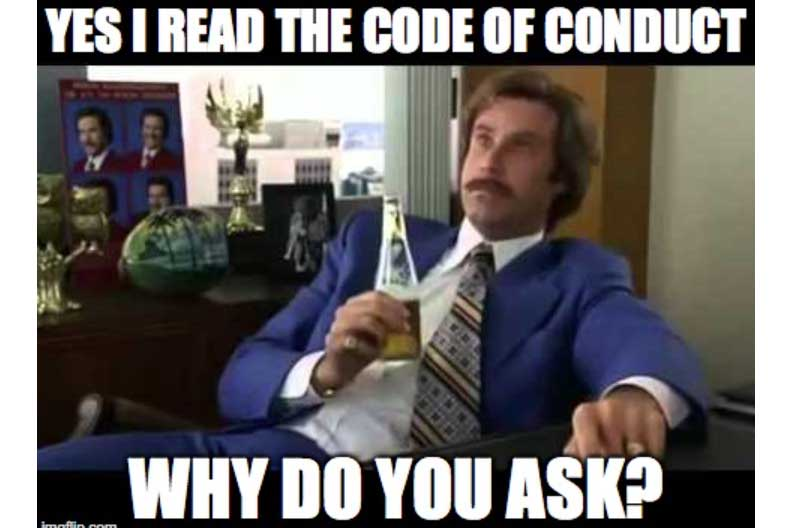Three technologies from different decades that I have witnessed and with different destinies - a failure, a success and not yet defined
This blog will be about three IT technologies of different eras and with different level of success. First, being a total disaster from the mid 1990's, second a total success from the 2000's and the last technology that is a new technology from the late 2010's and is not yet either a failure or a success, but I personally am very exited about it and would love to see it becoming something big.
1990's
From this era, I would like to mention a technology, which was a big failure. It is called Microsoft Bob released in 1995. Microsoft BOB is a Windows 3.1 graphical shell intended for novice users[1]. Bob was an example of “social interface” concepts. Basically, instead of typical desktop interface, a user would have a house with different rooms, where all the desktop applications are stored and visualized - a calendar on a table would show current date and a clock on a wall would show current time. It also had a helper, who gave advice and walked through the steps of running or modifying programs. It also used vector graphics[2], which made interface look pretty nice for its time.
So why did it fail? There were several reasons to that. The price was quite high - 90$ per copy. But even more, there were problems with marketing for this product. Instead of promoting Bob as a tool for kids or elder people, Microsoft promoted it as a program for everyone[3]. It is something like to promoting Scratch as a programming tool for all developers. So most reviewers and users found it Microsoft Bob and decided that standard interface was more convenient. If Microsoft included Bob as a free optional pack inside of Windows copy and explained, that its main audience are people who lack computer skills, maybe it would be success. On the other hand, there is a chance that the world was not yet ready to such a radical interface change. To be fair some of ideas were later used by Microsoft - like a virtual helper Clippy.
And by the way - the world's most hated font Comic Sans was created for Microsoft Bob, however was never used there[4].
2000's
From this era I would like to mention technology, which became a major success - it is version control system called Git. By the time I write these words on the 3rd of February 2022, more than 7600 companies are using it including Netflix, Shopify, and Udemy[5]. Programmers around the globe use it every day and Git is absolutely free (free as in freedom) and open-source.
It was not the first version control system in the world. Initially Git was created by Linus Torvalds when his team lost license of BitKeeper[6]. Linus wanted to find a solution for version control which would satisfy his needs. He could not find a free solution, so he decided to create a technology he could use instead. After working for about a month he achieved his initial goals. And today Git is pretty much a standard for version control.
Please note that Git and GitBucket are two different stuff - first being a software or technology and second a platform that utilizes it.
2010's
Finally, I would like to talk about a technology, which is not yet popular, but has all the chances to both become mainstream or vanished not noticed by majority. It is a platform called Flutter and it was released in 2017 by Google. It uses Dart language in its core and its main purpose is making cross-platform mobile apps, but it can also used to create desktop and web apps.
What fascinates me the most about that technology is a simple idea - don't repeat yourself. It is widely populated among programmers and often referred to as DRY. It is a principle of software development aimed at reducing repetition of software patterns. Usually when programmers tell DRY-code it means that if you have to use some code more than once, you group it inside some sort of abstraction (like a separate method or delegate that functionality to another class). The Flutter on the other hand pushes DRY to the next level. A programmer writes his code once and then he can run it on different platforms - it can be a combination of Android, iOS, desktop, web apps, or even all in once!
I am not sure that Flutter will succeed, because often many-promising ideas tend to fail. React Native is another cross-platform solution and it is not as popular as native languages like Kotlin, Java or Swift. Moreover, enterprises and also programmers tend to protect their "territory" and protect technologies they use. On the other hand, Flutter can easily change the world of mobile development and it is promoted by Google - and this company has all the resources to make it work. And Flutter is great way for a beginner to make their portfolio - first of all, because they will create a cross-platform app writing code once and, moreover, Dart is not considered the hardest language to learn[7].
 |
| Write code once and only once [8] |
1. https://www.technologizer.com/2010/03/29/microsoft-bob/
2. https://winworldpc.com/product/microsoft-bob/100
3. https://www.howtogeek.com/687748/why-i-loved-microsoft-bob-microsofts-strangest-creation/
4. https://uxdesign.cc/the-ugly-history-of-comic-sans-bd5d07f8ce81
5. https://stackshare.io/git
6. https://www.linux.com/news/bitkeeper-and-linux-end-road/
7.https://medium.com/hackernoon/10-good-reasons-why-you-should-learn-dart-4b257708a332#:~:text=Dart%20is%20pretty%20easy%20to%20learn.&text=Even%20after%20learning%20so%20many,%2C%20Go%2C%20PHP%2C%20etc.&text=If%20you%20already%20have%20some,productive%20in%20Dart%20within%20weeks.
8. https://deviq.com/principles/dont-repeat-yourself


Comments
Post a Comment